Cathedral, Alcázar and Archivo de Indias in Seville
Three properties that are central to the history of Spain’s “Golden Age.”
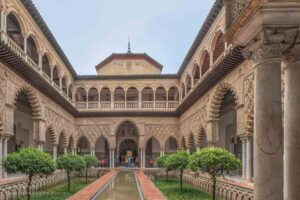
Three properties that are central to the history of Spain’s “Golden Age.”
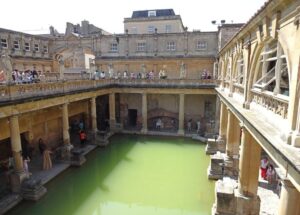
Famous Georgian-period spa town with surviving elements from its Roman-period history as well.

Mount Fuji and numerous natural and religious sites related to its spiritual importance.
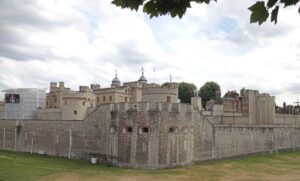
A historic castle used as palace, fortress and prison since the days of William the Conquerer.
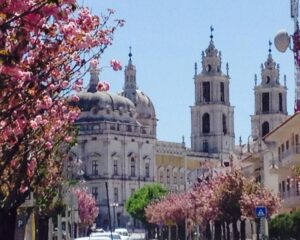
One of the most impressive baroque structures in all of Portugal.
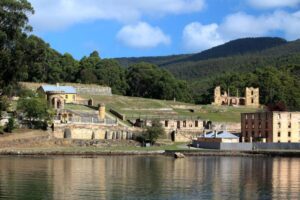
Eleven separate locations that illustrate elements of the 19th-century British penal system of “transportation” to Australia.
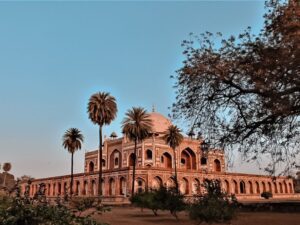
A 16th-century tomb within a complex of tombs, the first garden tomb and the inspiration for the Taj Mahal.
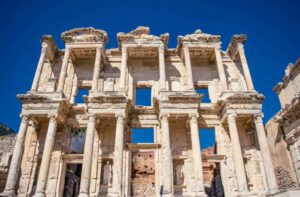
An ancient port city with ruins from the Greek, Roman and early Christian periods.

A UNESCO site for its symbolism and the hope it represents.
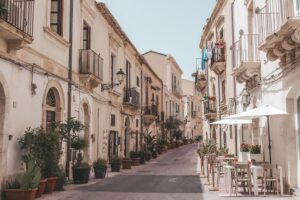
A city with the traces of three thousand years of civilization.

An important example of military fortress architecture on a group of islands off Helsinki.
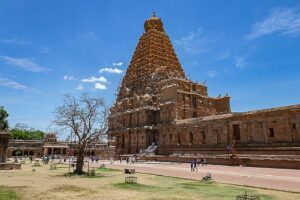
Three outstanding 11th-12th-century temples covered with carvings depicting elements of Hindu mythology.
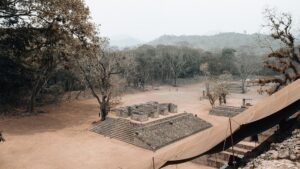
Once the capital of a vast Mayan kingdom, now a large complex containing beautiful ruins of altars and stelae.

Three famous London buildings that represent the “intertwined history of church, monarchy and state.”
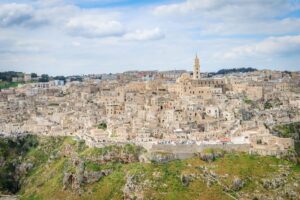
More than 1000 cave dwellings, churches and other rock-cut structures going back centuries.
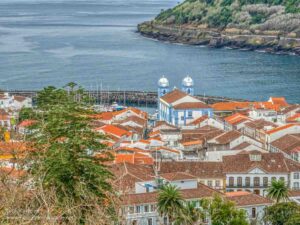
An important port in the busy shipping routes between Europe, the Americas and Africa from the 15th-19th centuries.
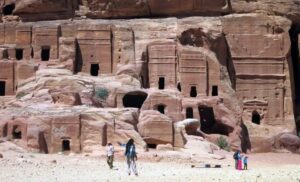
A 2000-year-old Nabatean archeological site with hundreds of tombs and temples carved from sandstone cliffs.
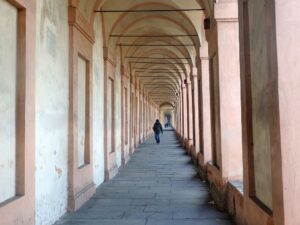
An architectural element that, over centuries, has become an integral part of life in Bologna and around the world.
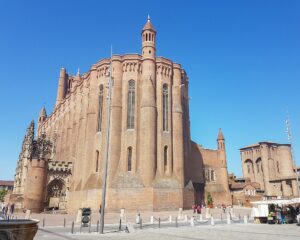
A small city with a rich collection of Medieval and Renaissance architecture.
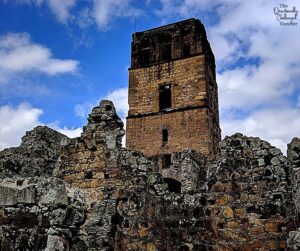
A Spanish colonial city: the first permanent European settlement in the Western Hemisphere.
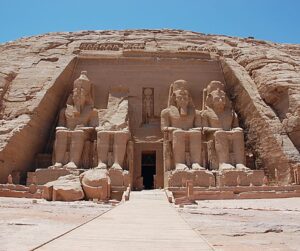
Magnificent temples demonstrating the power of Ancient Egyptian civilization.
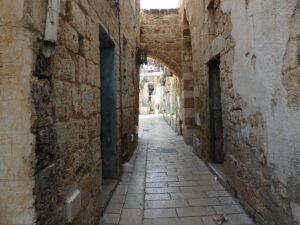
An ancient walled city where Ottoman structures were built on top of a Crusader-era fortress.
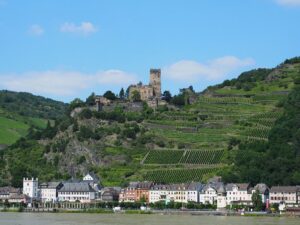
A beautiful portion of the Rhine River with centuries of history evident in its vineyards, castles and villages.
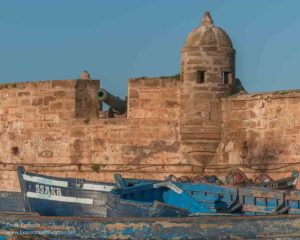
An 18th-century fortified city incorporating both African and European architectural forms.
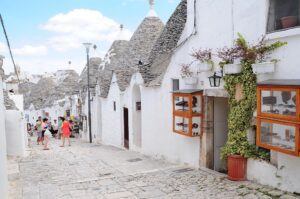
Picturesque whitewashed houses with conical roofs, built using age-old dry-stone techniques.
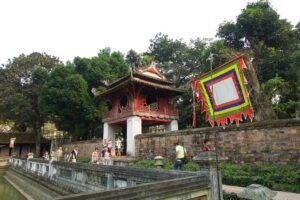
The remains of what was the center of political power in Vietnam for over a thousand years.
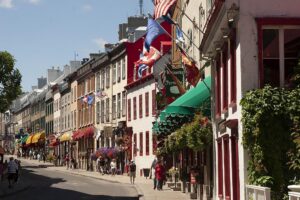
North America’s only fortified colonial city, with an intact core, some of which dates back to the 17th century.
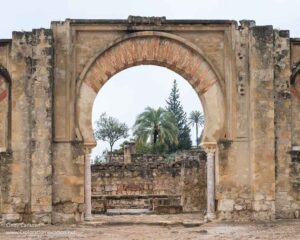
Ruins of a 10th-century fortified Umayyad city.
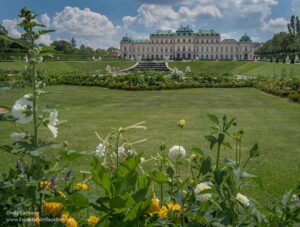
An urban center with a wide range of outstanding historical architecture, viewed as the music capital of Europe.
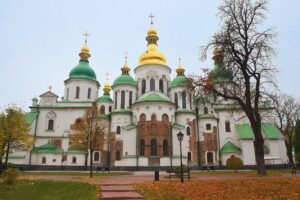
An Orthodox Christian cathedral and monastery dating back to the 11th century.
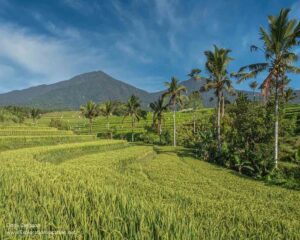
A traditional communal system interconnecting natural, religious and cultural components.
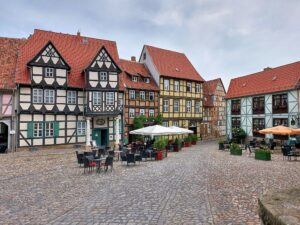
A medieval town known for its Romanesque church/castle on a cliff and its picturesque half-timbered houses.
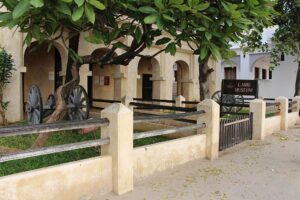
A 700-year-old former trading port that demonstrates the cultural blending of Swahili, European, Arab and Indian influences.

A former prison; now a symbol of resistance to and, ultimately, triumph over South Africa’s apartheid system.

A beautifully intact medieval city center with over 1000 historic buildings as well as an early example of urban farming.
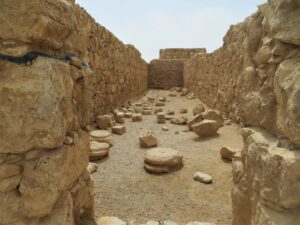
A 2000-year-old desert palace complex with a dramatic story of Jewish resistance against Roman rule.